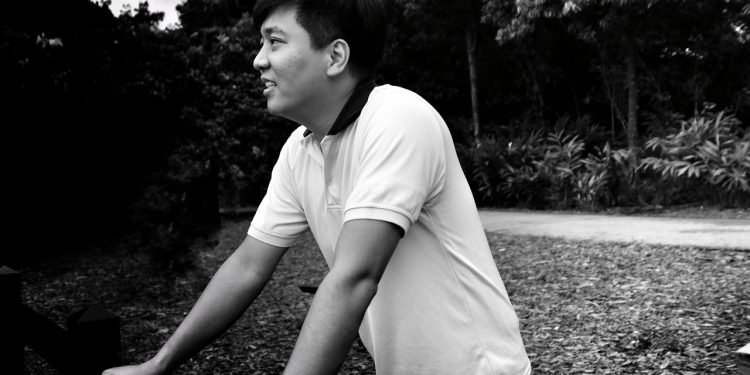Have you ever thought of doing a job that does more than help pay the bills?
Perhaps a job that takes you away from the hustle of city life. A job that does not involve sitting behind a desk all day, or even one that sets out to better the lives of others.
Well, I recently met someone who checks all three boxes.
The Trip to the 1,020-Hectare Island
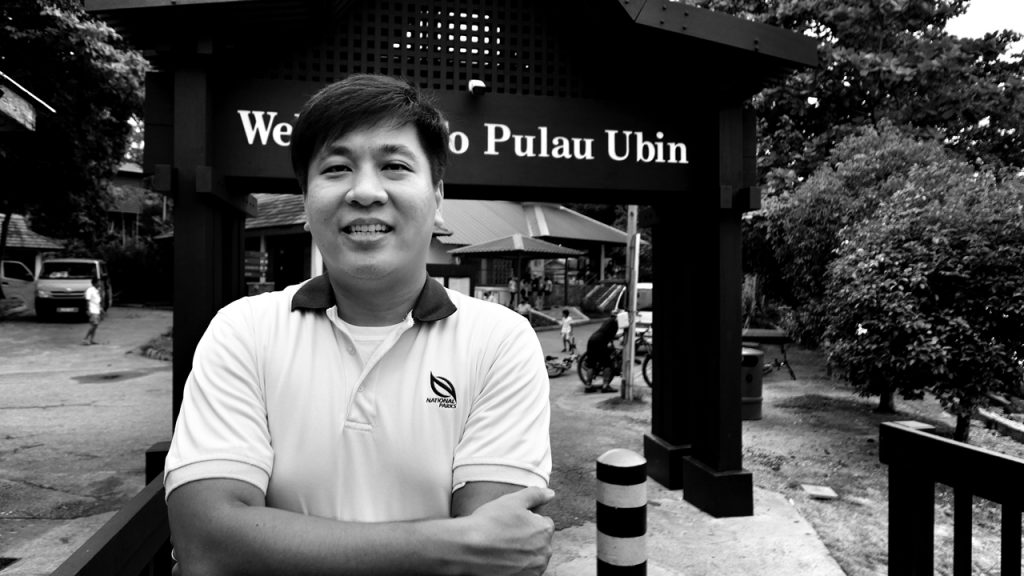
Meet 40-year-old Thomas Lee, the deputy director of the community liaison team on Pulau Ubin.
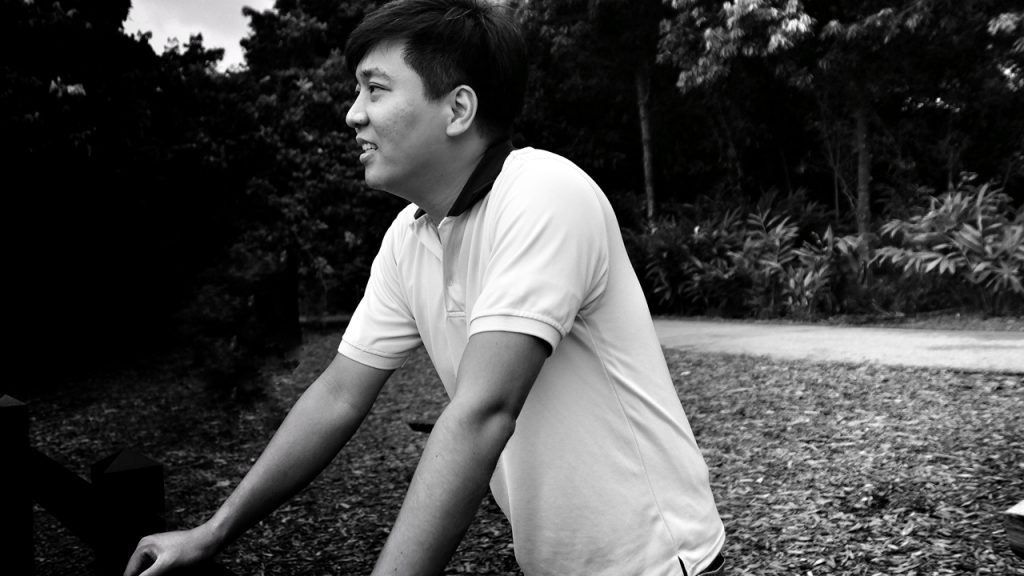
Think of him as Pulau Ubin’s answer to Moana – the Polynesian heroine in the Disney animated film of the same name, minus the singing and mentally challenged pet chicken.
He reaches out to the community, analysing their problems and helping to provide solutions to solve them.
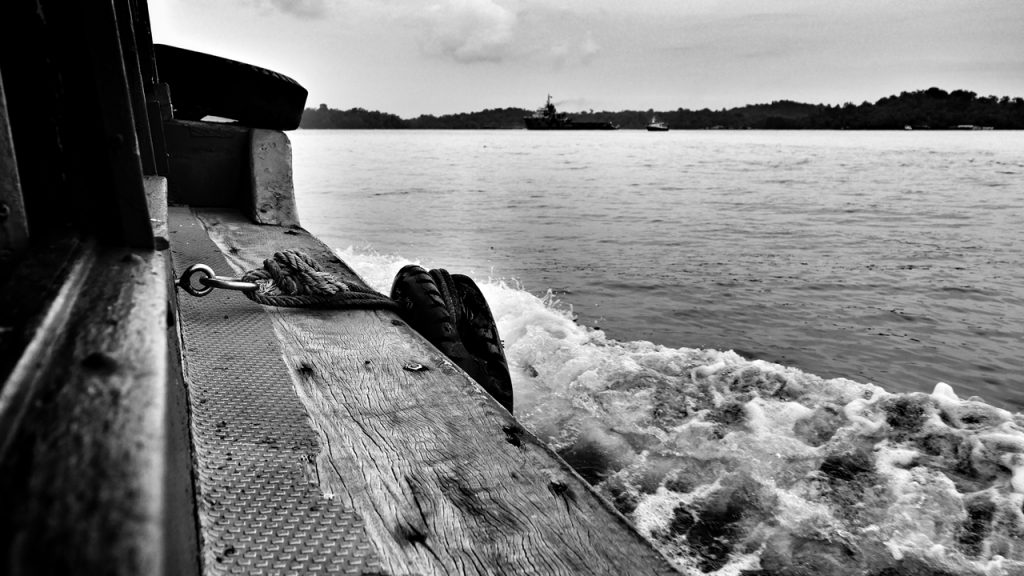
Every Monday to Friday, he makes his way down to Pulau Ubin pretty much like how every other visitor does – hiring a bumboat from Changi Point Ferry Terminal.
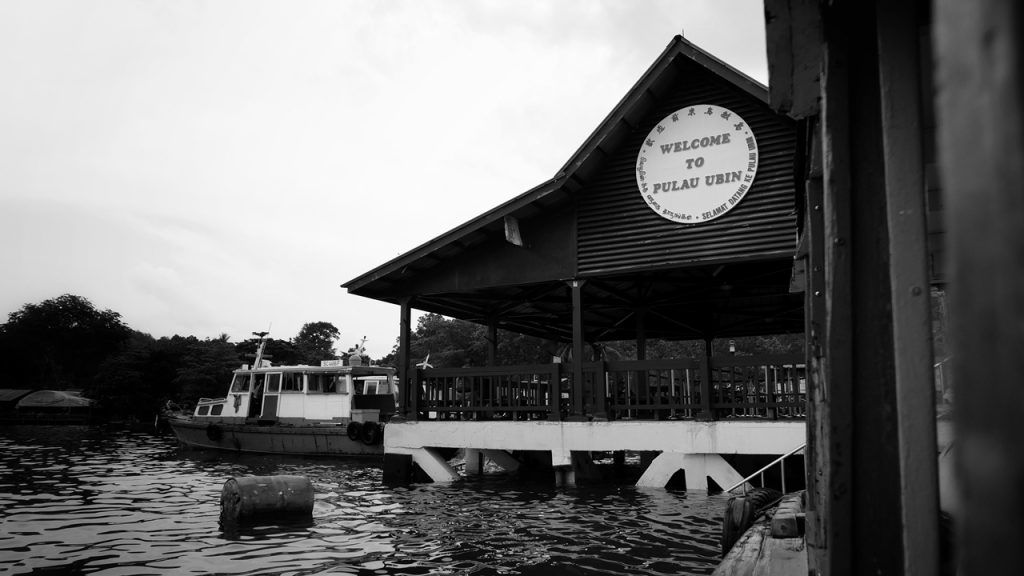
Set up in August 2019, the community liaison team supports and tends to the needs of the villagers on the island.
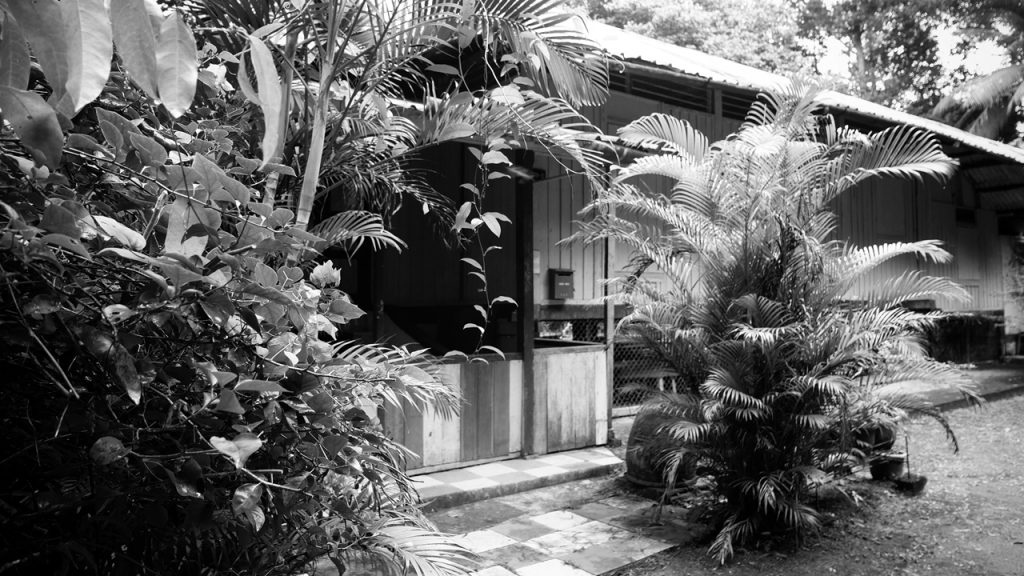
Occasionally, he facilitates requests from the villagers and their families to repair some of the kampung houses, some of which can be over 100 years old.
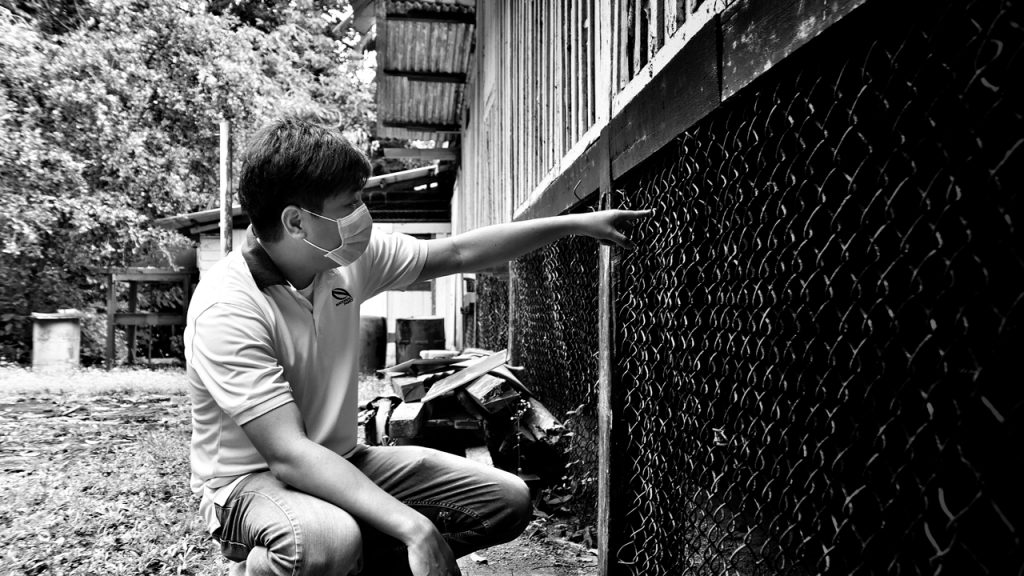
Some repair works he has overseen include the replacement of the wooden support beams of this Malay kampung home…
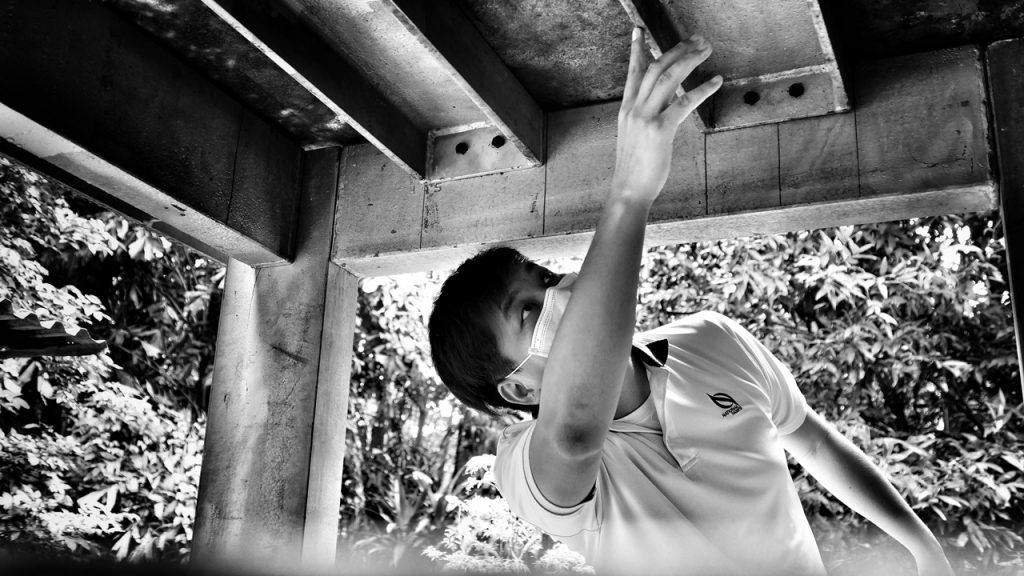
… as well as the structure that supports the water tank behind the house.
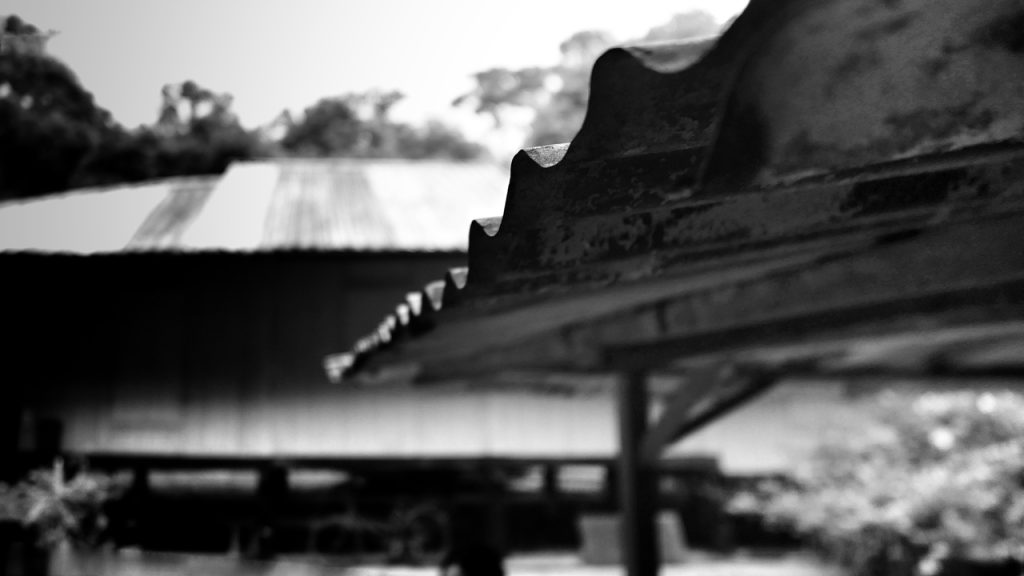
And NParks did not do the repair works on a whim either.
Being a house bearing traditional Malay architecture, they consulted a Malay architectural expert to improve the home while retaining its classic design.
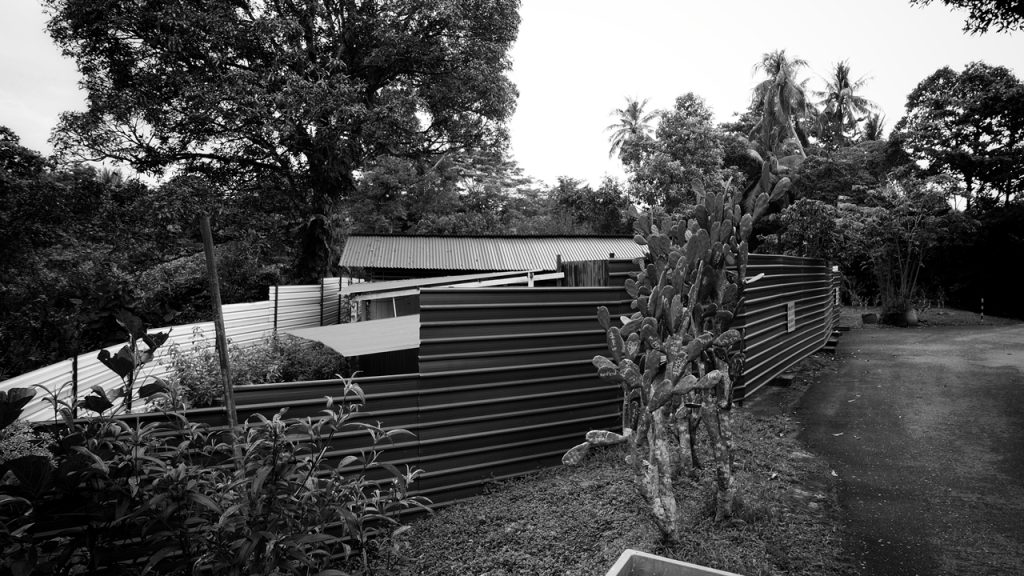
At the time of my visit, he was also helping to facilitate some refurbishment works to the house with the iconic yellow and green “Y u so like that” billboard.

Alas, the locked hoarding prevented me from getting a full view of the only man-made structure I could remember from my last cycling visit around the island some 23 years ago.
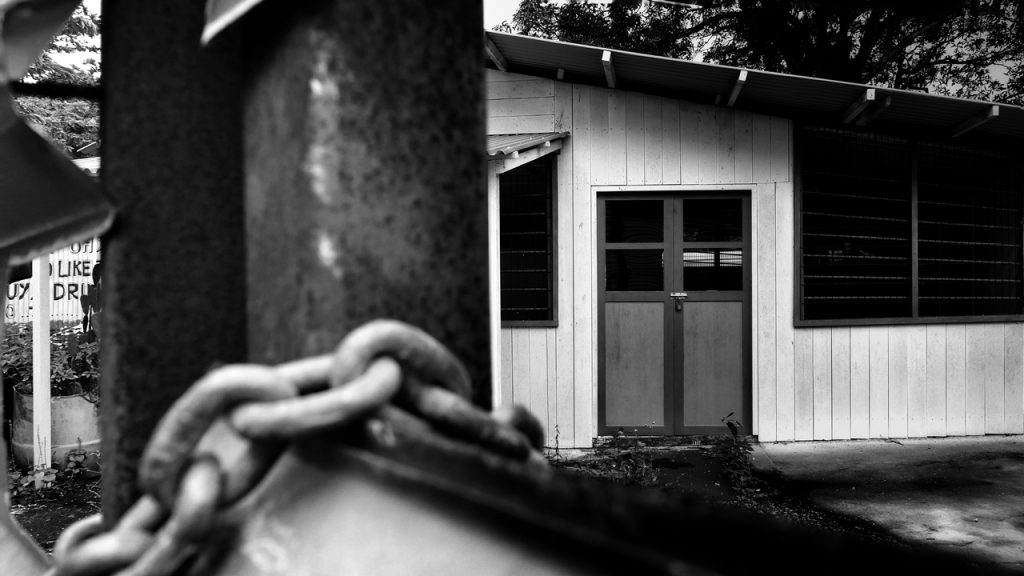
I guess a small peek is better than nothing.
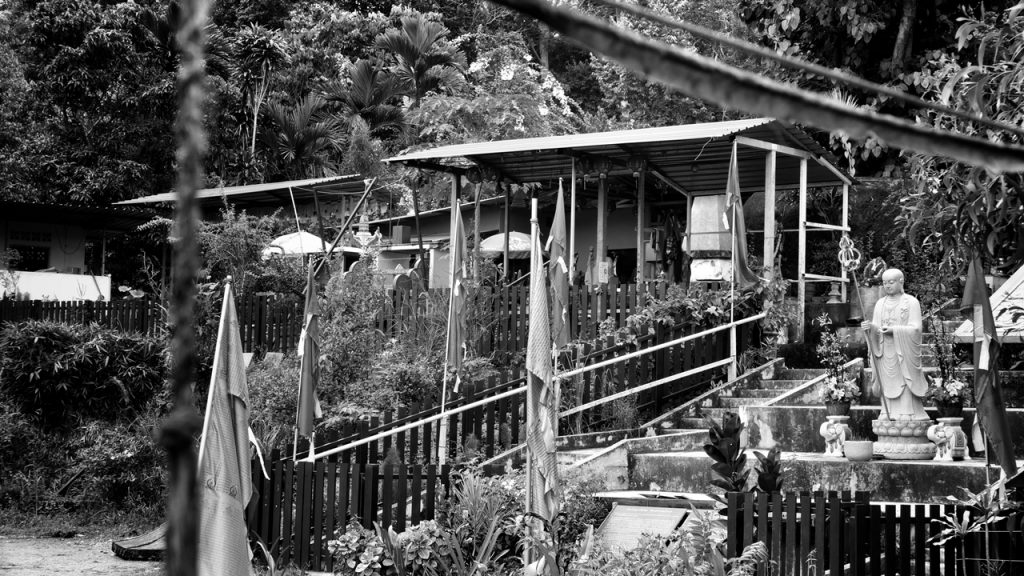
Besides facilitating repairs, Thomas also pays regular visits to the 30 odd residents who call Pulau Ubin their home.
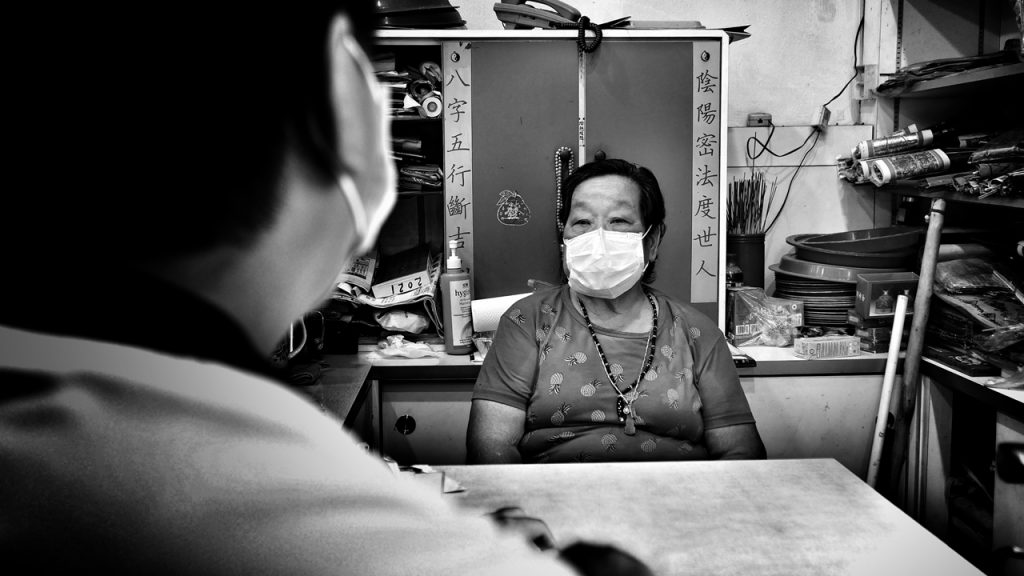
Residents like 77-year-old Mdm Ong Siew Fong and her 53-year-old daughter, who are the caretakers of the Wei Tuo Fa Gong Temple located some 2km from the main jetty.
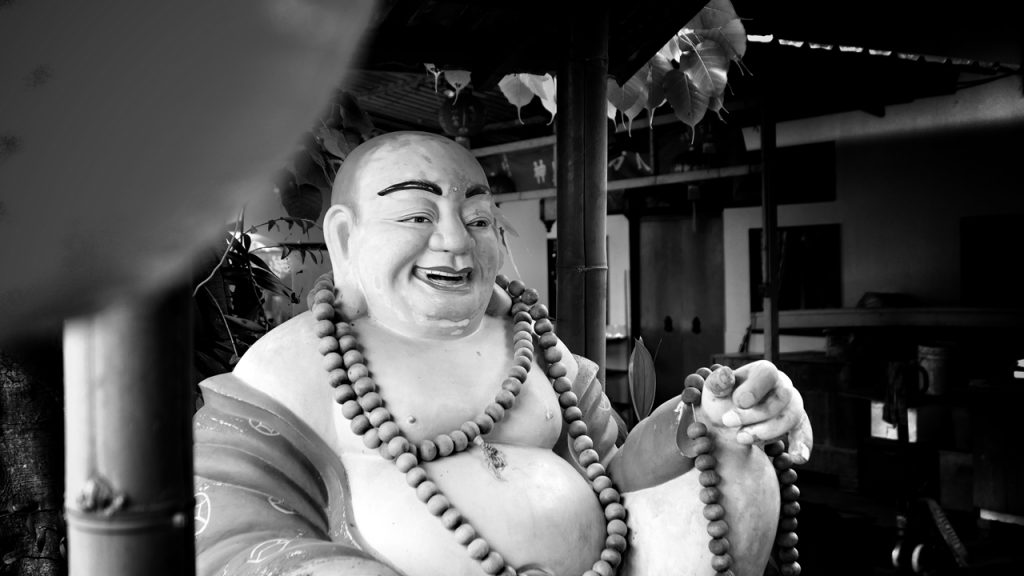
The rustic temple is home to shrines and statues dedicated to various deities and Chinese Buddhas.
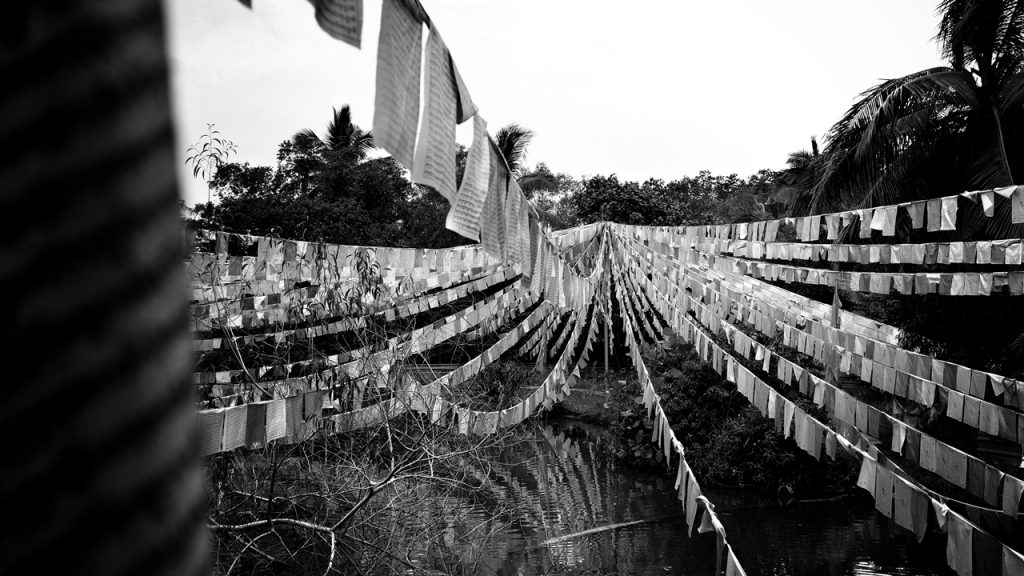
The temple ground is also a place of worship for Tibetan Buddhist devotees, evident from the stretches of Tibetan prayer flags looming over a nearby pond.
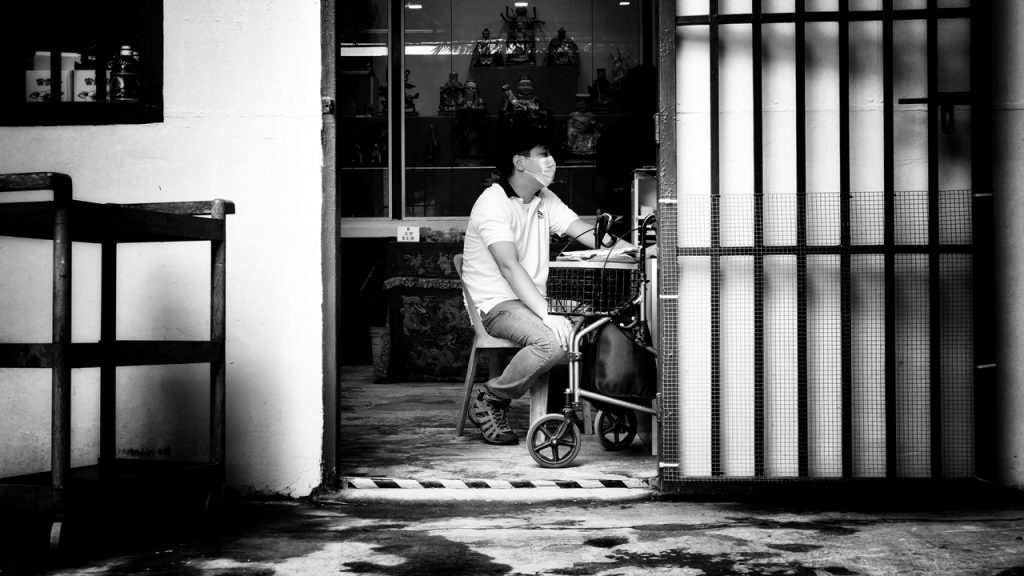
He politely introduced me to Mdm Ong, before settling down in front of the counter she was at to ask her about her day.
Earlier in January, Thomas and his team had partnered with the Singapore Red Cross to conduct basic health checks, counselling and assessment for 22 villagers, including Mdm Ong and her daughter.
He asks if there was anything that he could help her with, to which I vaguely heard her say something about monkeys in Mandarin.
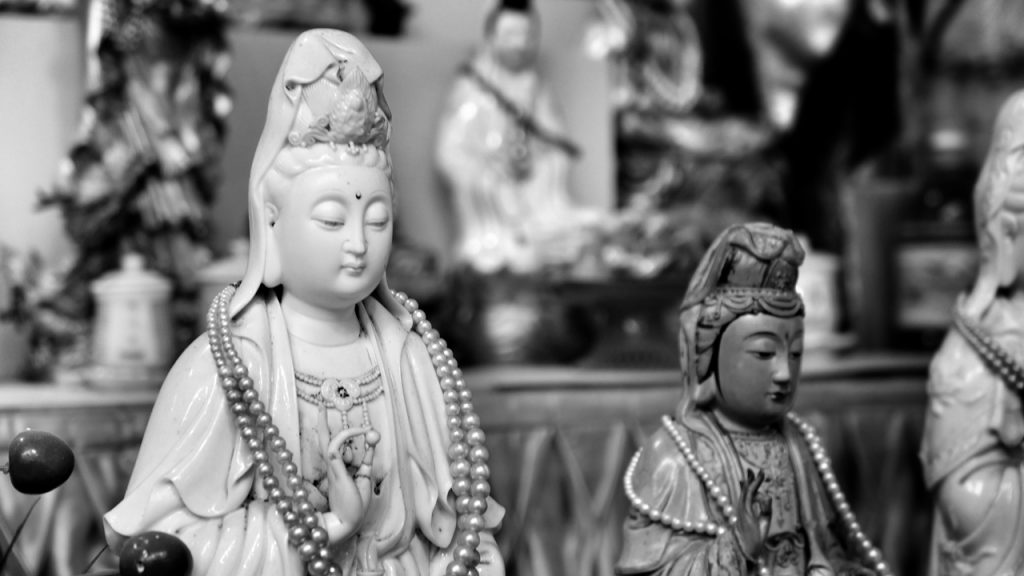
There had been issues of monkeys coming into the temple to steal food and offerings.
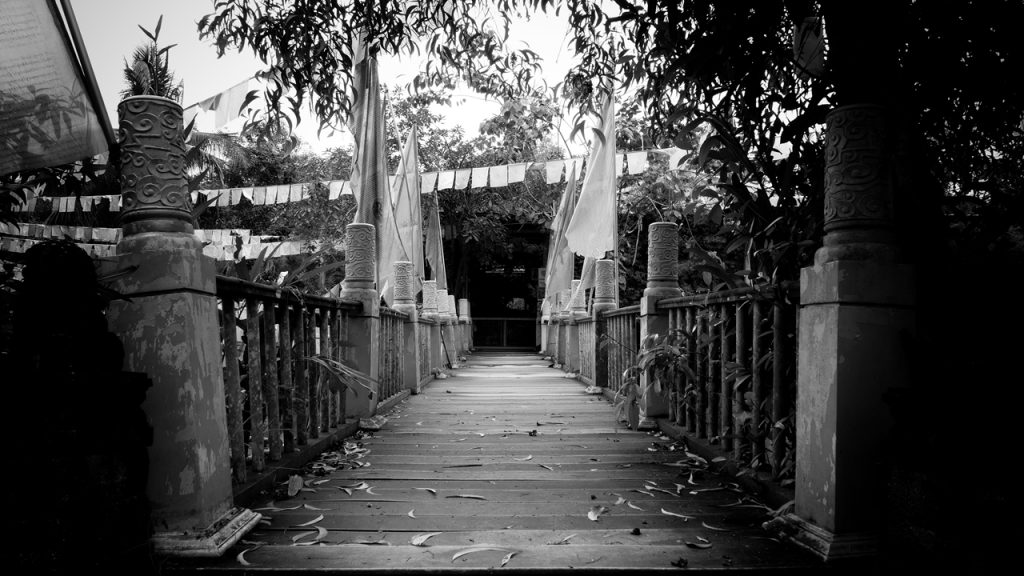
However, I did not get to see any during that day’s visit.
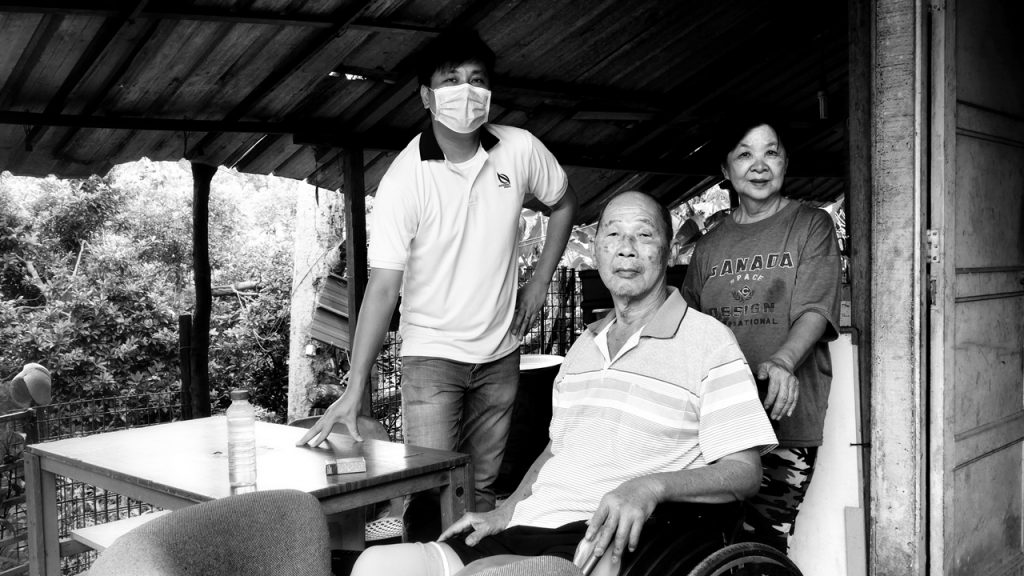
For our last residential visit for the day, Thomas introduced me to a 78-year-old villager and his wife.
Known to the other island residents as Botak, the elderly gentleman had to have his right leg amputated earlier this year due to some medical complications.
To assist with his transport back to the island, Thomas and his team worked with the Friends of Ubin (FUN) members from Accessible Ubin to help transport him from Changi Point Ferry Terminal to his home.
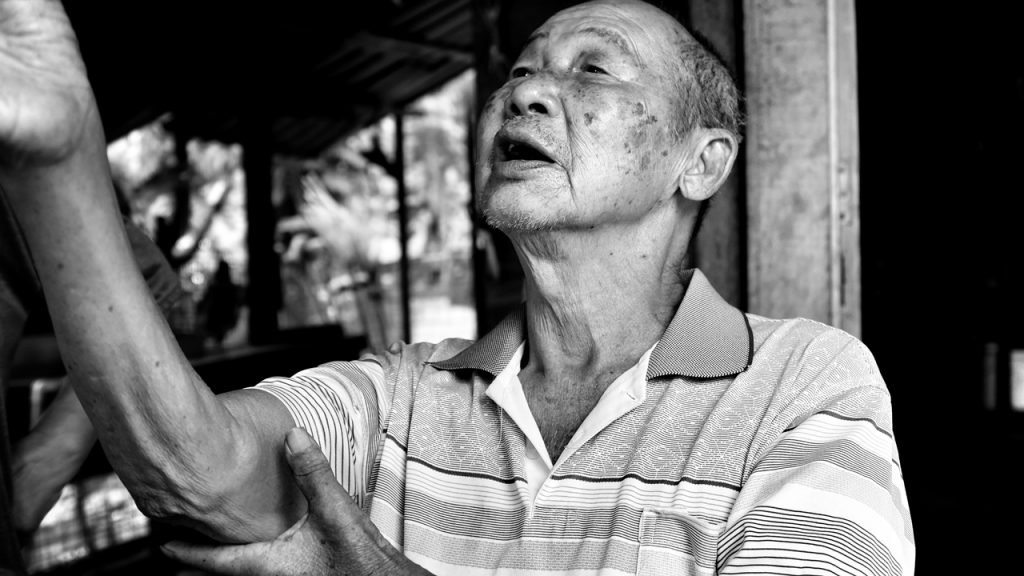
While the resident had gripes about the medical treatment on the mainland, Thomas managed to quell his frustration, occasionally putting a smile back on his face.
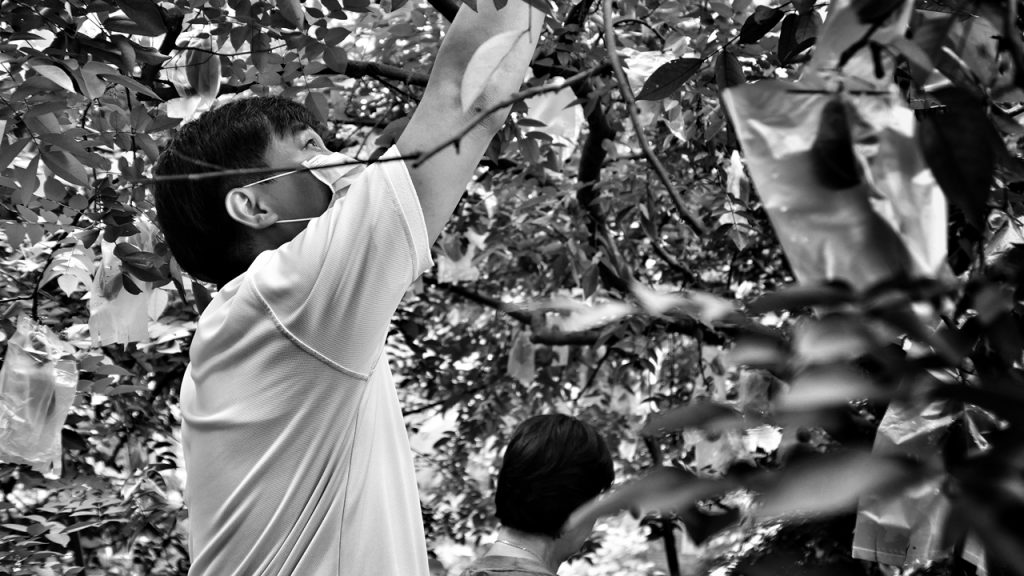
I realised why he was seconded over from the People’s Association to fill this role after seeing him interact with the senior islanders.
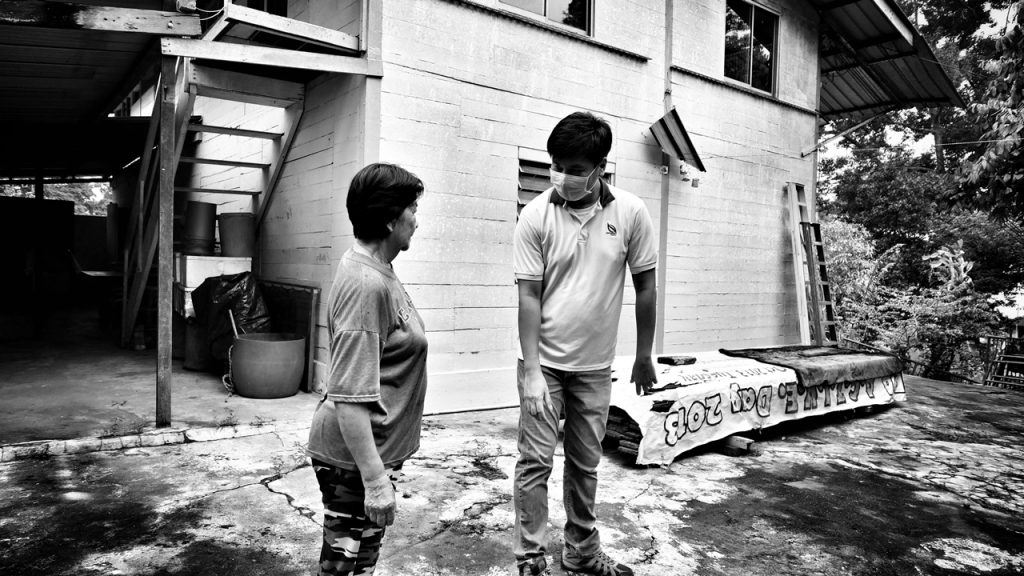
Always around with a listening ear, you could feel the empathy and compassion Thomas has for the seniors.
When asked what his main goal for the ageing population on the island is, Thomas said: “We hope to encourage them [the senior island residents] to be more active in their golden years, and we hope to enhance their wellness as well.”
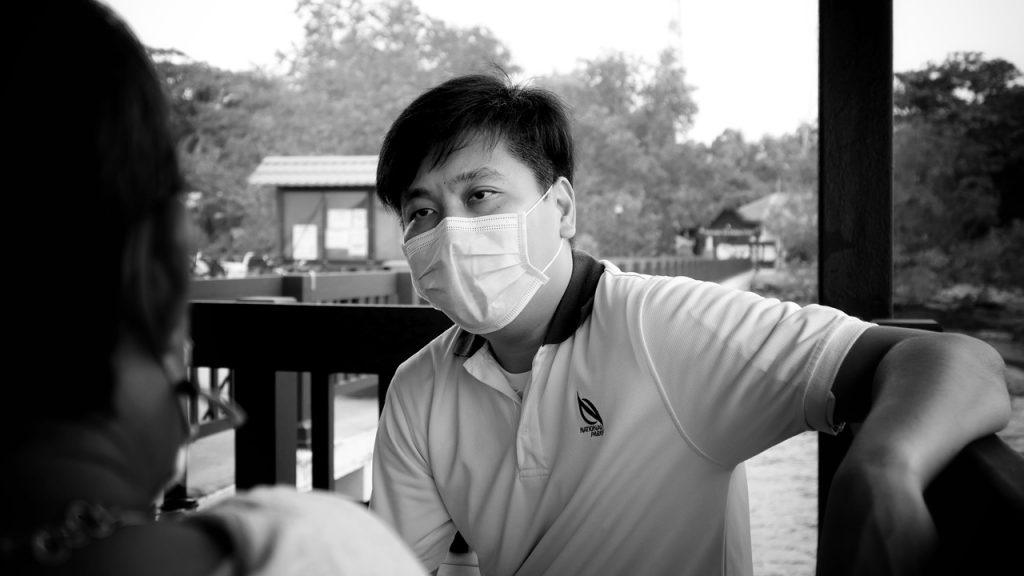
And it was not just the seniors. The community who works on the island all seem to recognise Thomas wherever we went.
Like a village chief, he was like the go-to-person for all problems, big or small.
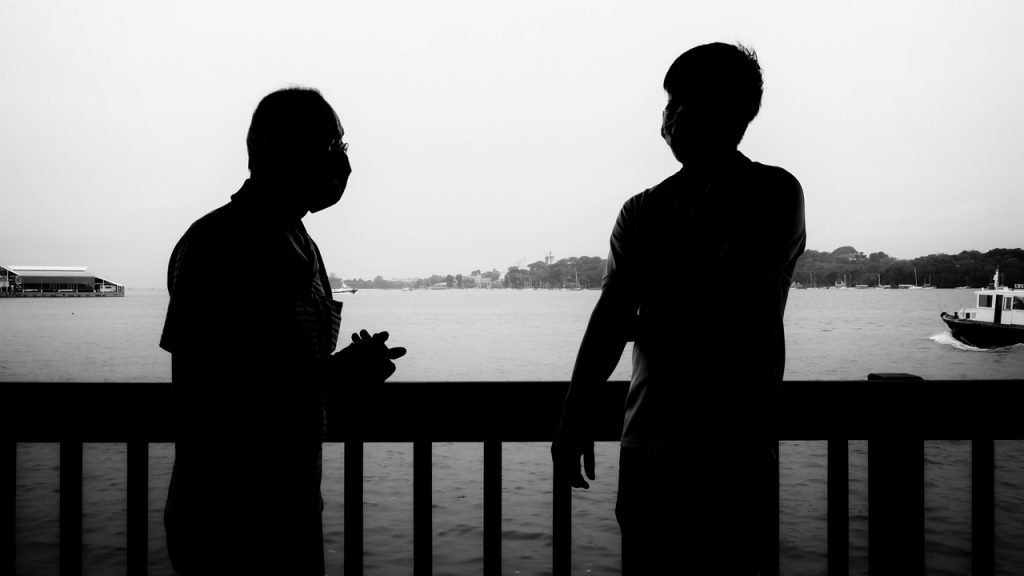
Even as we were about to leave the island, another member of the community approached Thomas for a quick consult.
The relationship Thomas has built with the islanders is admirable, to say the least, considering that he had only been working on the island for just over a year.
When I asked what else he hoped to achieve for the islanders, he said: “I also hope to introduce more initiatives to help the ageing population here.
“I think that the role is meaningful. I feel like I add value here.”

